Ending corporal punishment of preschoolage children Brookings
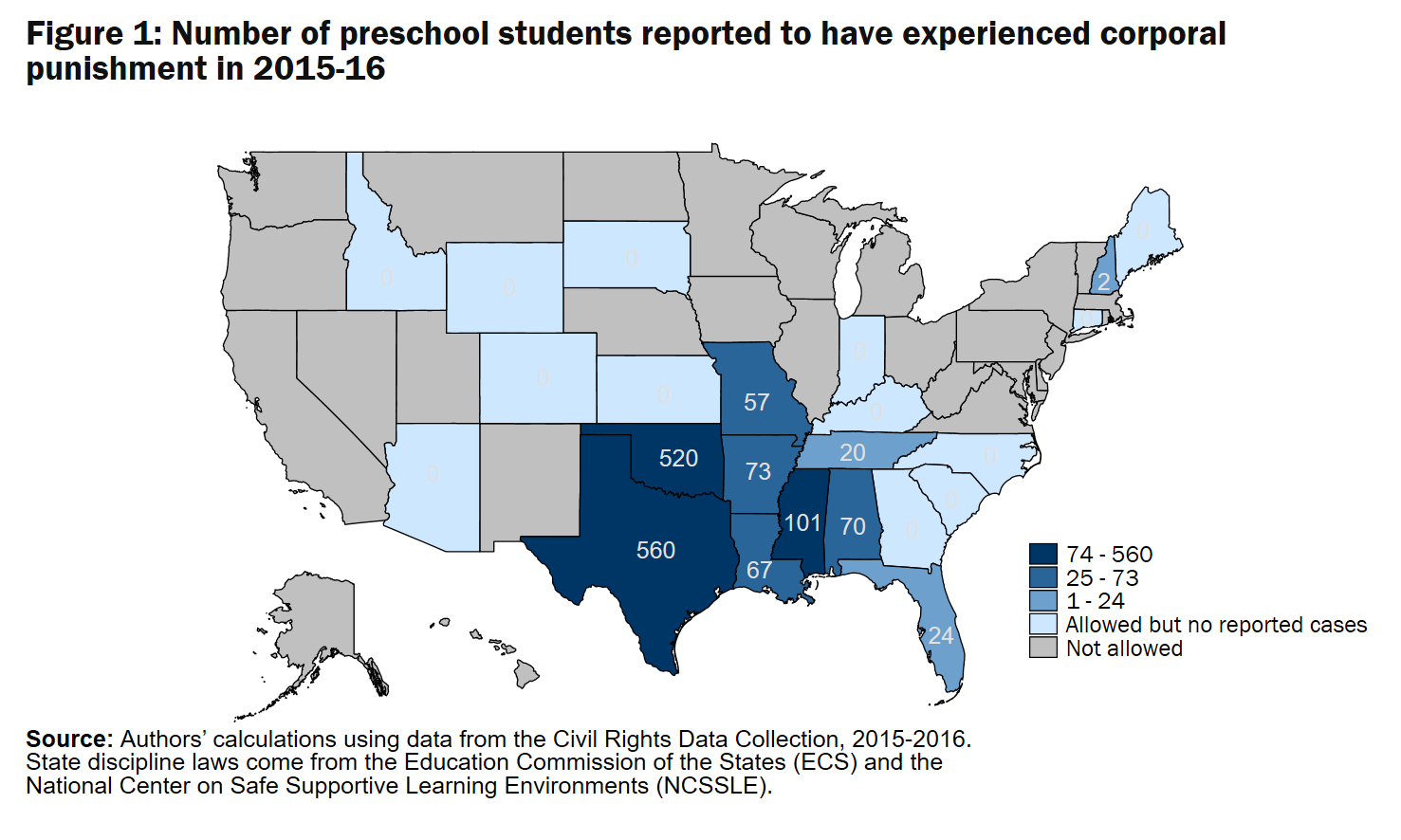
Eric Wildman, demonstrating his 'over the knee position with the help of a female volunteer, circa 1950. Wildman was the founder of the National Society For The Retention Of Corporal Punishment.
Corporal Punishment When Schools Spank, 50 OFF
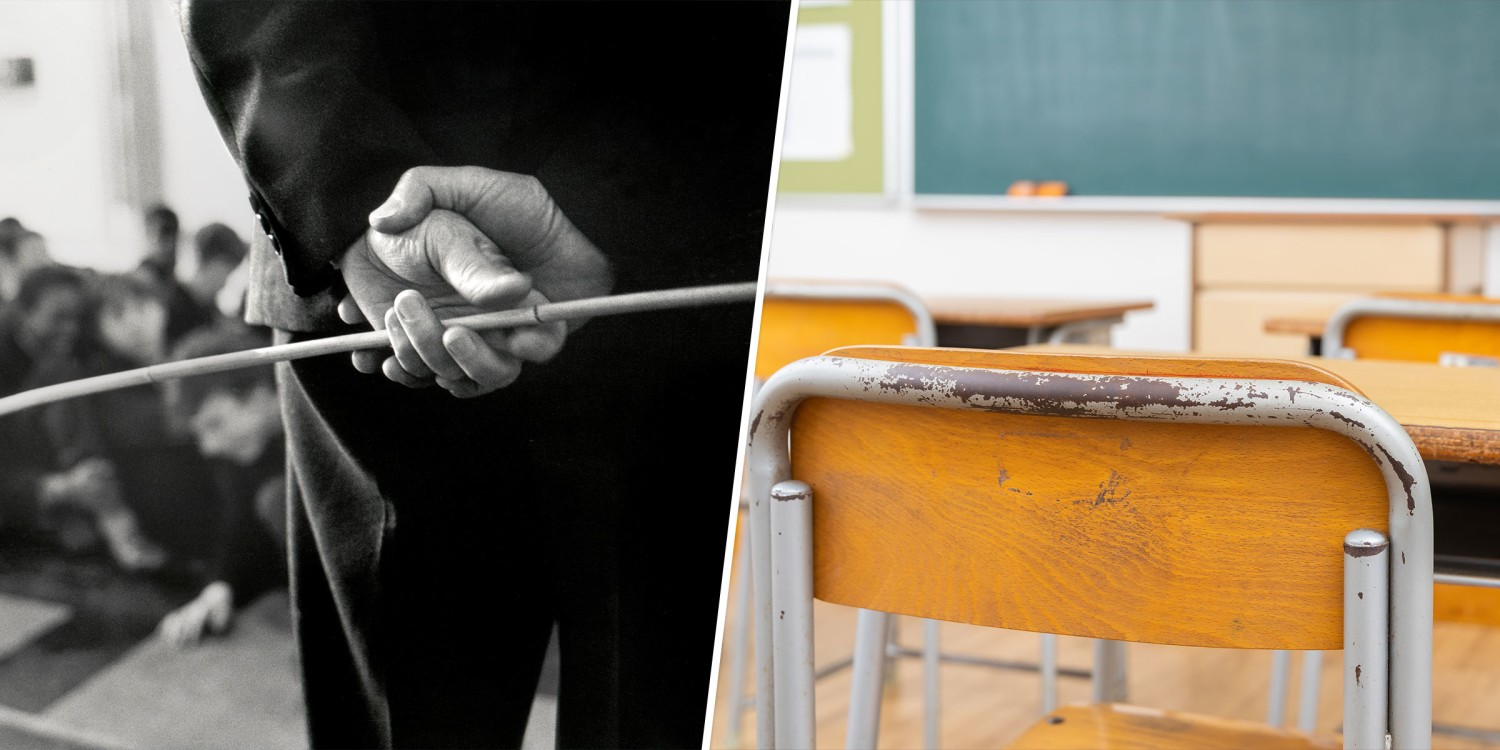
Corporal punishment was widely accepted and practiced in schools across the United States during the 1960s. Paddling, spanking, and other forms of physical discipline were commonly used to punish misbehaving students. In this comprehensive article, we'll examine the prevalence, methods, public perception, and eventual decline of corporal.
Paddling to be allowed at Three Rivers ISD
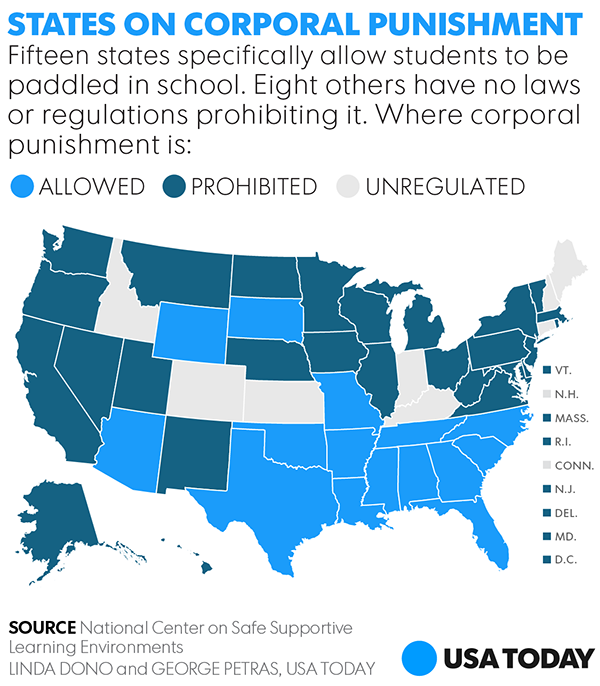
The corporal punishment of children in the home and in national schools (i.e. public schools for children aged 4 to 13) was still accepted practice in Ire? land into the early 1980s, although arguments against it had been advanced as early as the 1950s. Historically there was little understanding that corporal pun?
Corporal punishment in schools has a significant negative impact on grades that persists for

As the name suggests, it is the record of punishments administered in the school, but it only refers specifically to the use of the cane. Corporal punishment was first recorded in the school in 1966 and was last used in 1982. In that 16-year period every single use of corporal punishment is against a boy. This is, and always has been, a mixed.
1972 British schoolgirls in Hyde Park, London protest caning, a form of corporal punishment

The nuns imposed corporal punishment for inattention, failure to do homework, and any misbehavior in their classroom was met with a brutality unknown to most of the outside world. Anyone who attended Catholic school during the 1950's, '60s, and '70s will attest to the fact that no one does better punishment, seclusion, restraint, and.
Corporal punishment State sanctioned school violence ended with the 20th Century The Courier Mail
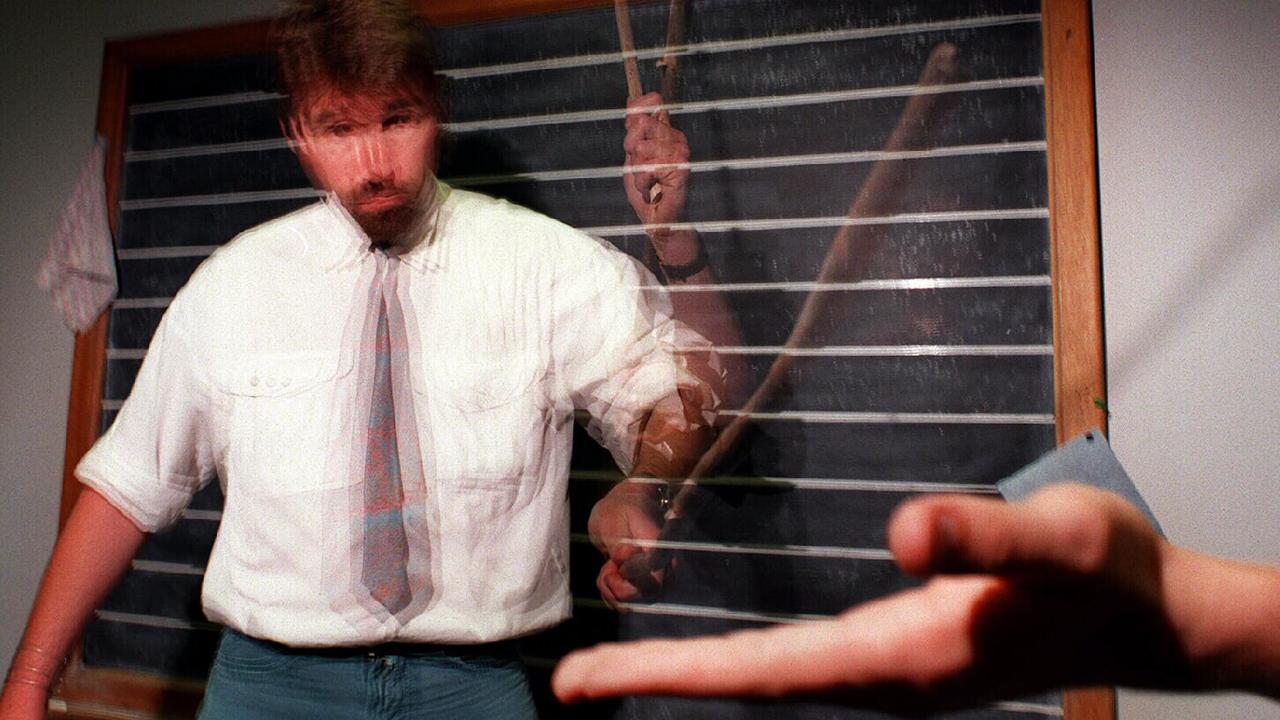
During the 1940s and '50s, corporal punishment wasn't an "issue." It was a norm, expected by both the initiator and the recipient, and was encouraged by the public at large. Many people my age.
Corporal Punishment in Schools YouTube

Disciplining Children in the 1950s. Disciplining children in the 1950s has often been regarded as strict, harsh and oppressive. In fact, children were often meant to be "seen but not heard." Benjamin Spock's "Baby and Child Care," which was first published in 1946, greatly influenced how children should be raised.
A Girls' Grammar School in the 1950s and 1960s Historic UK
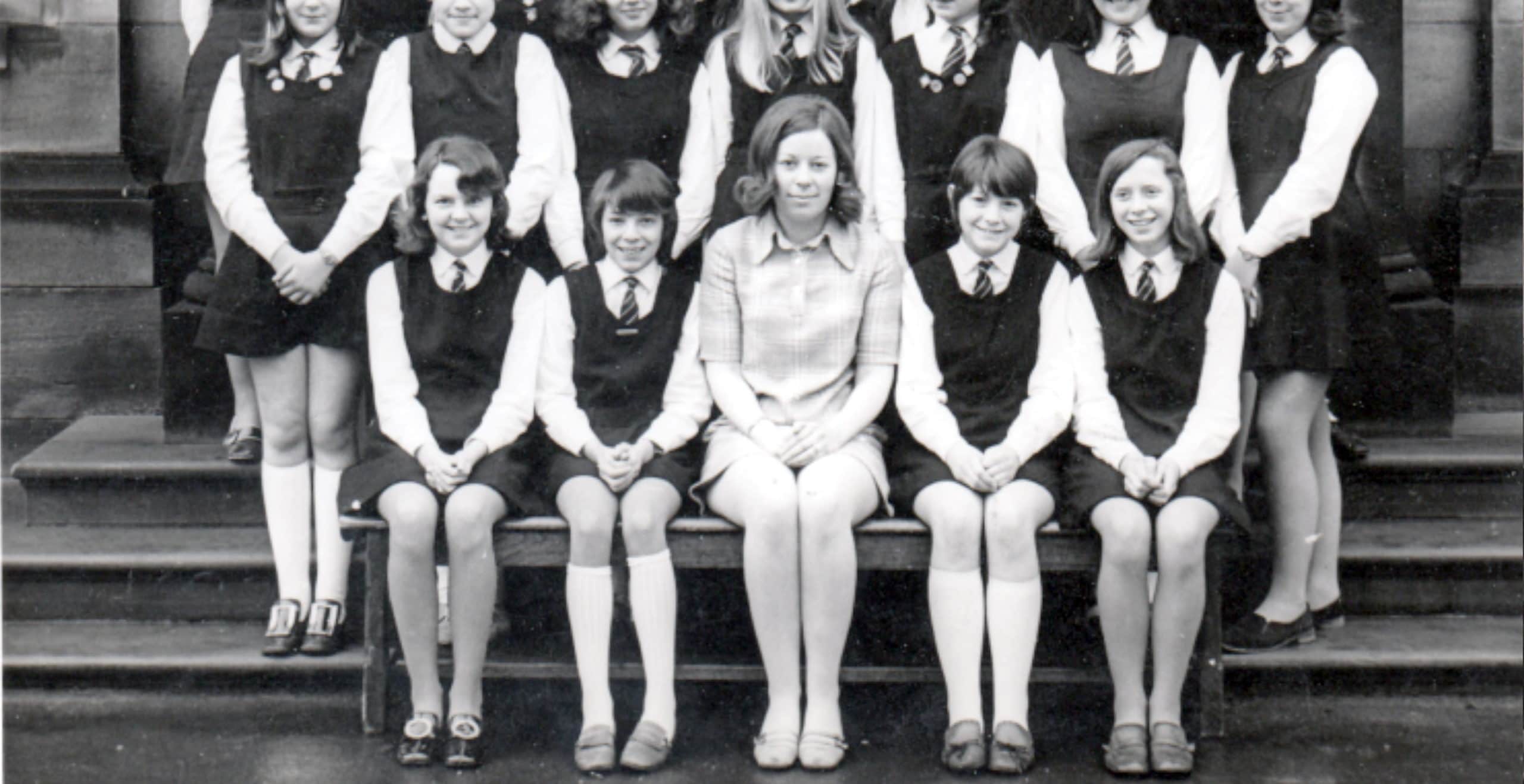
Disciplining children in the 1950s has often been regarded as strict, harsh and oppressive. In fact, children were often meant to be "seen but not heard.". Discipline was strict in schools, as boys got a caning and girls got slapped on the knuckles with a ruler.. Corporal punishment was practised frequently, and this was taken for granted.
Corporal, humiliating punishment in our schools Daily Monitor

Twenty states in the United States explicitly permit corporal punishment in schools, and those states make considerable use of it. The latest, yearly statistics reveal that 223,190 students were corporally punished in public schools, usually with wooden paddles (Center for Effective Discipline 2010). Given that private schools have considerably.
Nigerian students tied to crucifixes and beaten for coming late to school CNN

Wind forward nearly 70 years, and their unique, historic memories - and the sense of camaraderie and community that came with them - are marked in print and picture. 'Gospel Oak Primary School.
Why I'm glad corporal punishment is now only found in books Children's books The Guardian
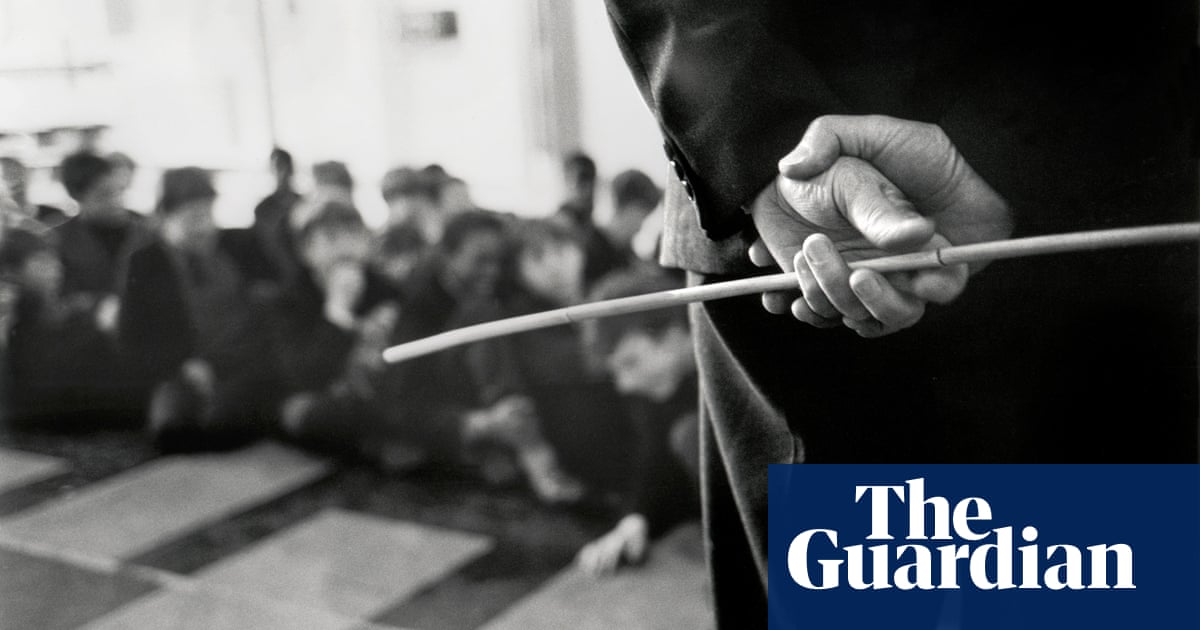
New Use of School Premises. In the early 1950s, he went to a boys' grammar school. In the UK, this is a state high school for boys aged 11 and over. It was located in the extensive docks area near Tower Bridge in the East End of London. Most of the boys were from local working class families, but the school had a good reputation and they.
German student takes a punishment bostero Telegraph
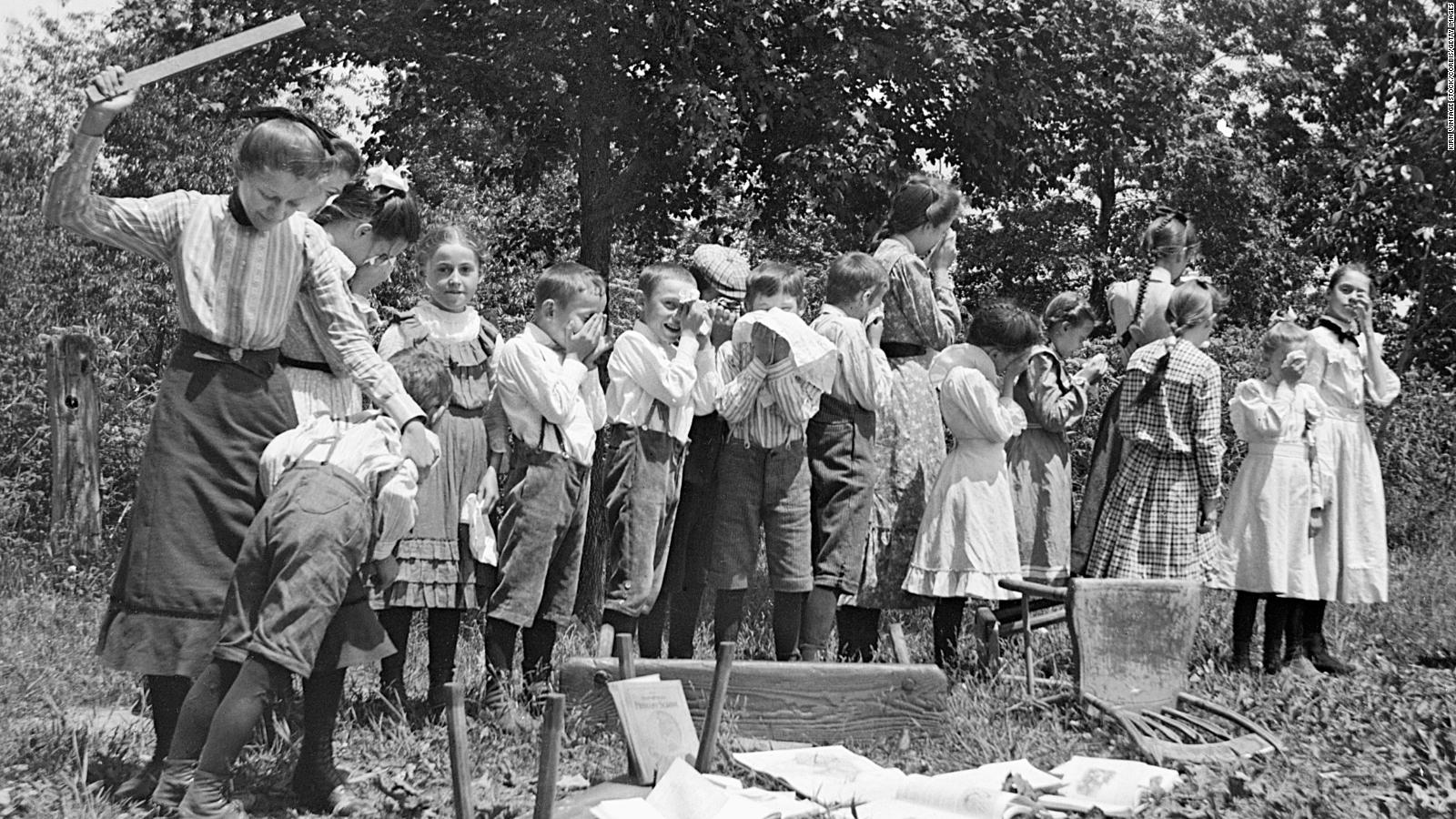
In 1950, seven 31 countries had previously adopted a policy banning corporal punishment in schools, and no countries had policies outlawing corporal punishment in the home. By 2011, over 70 countries had banned corporal punishment in schools, and over 30 countries had outlawed corporal punishment in the home.
VICTORiAN SCHOOL corporal punishment Stock Photo Alamy
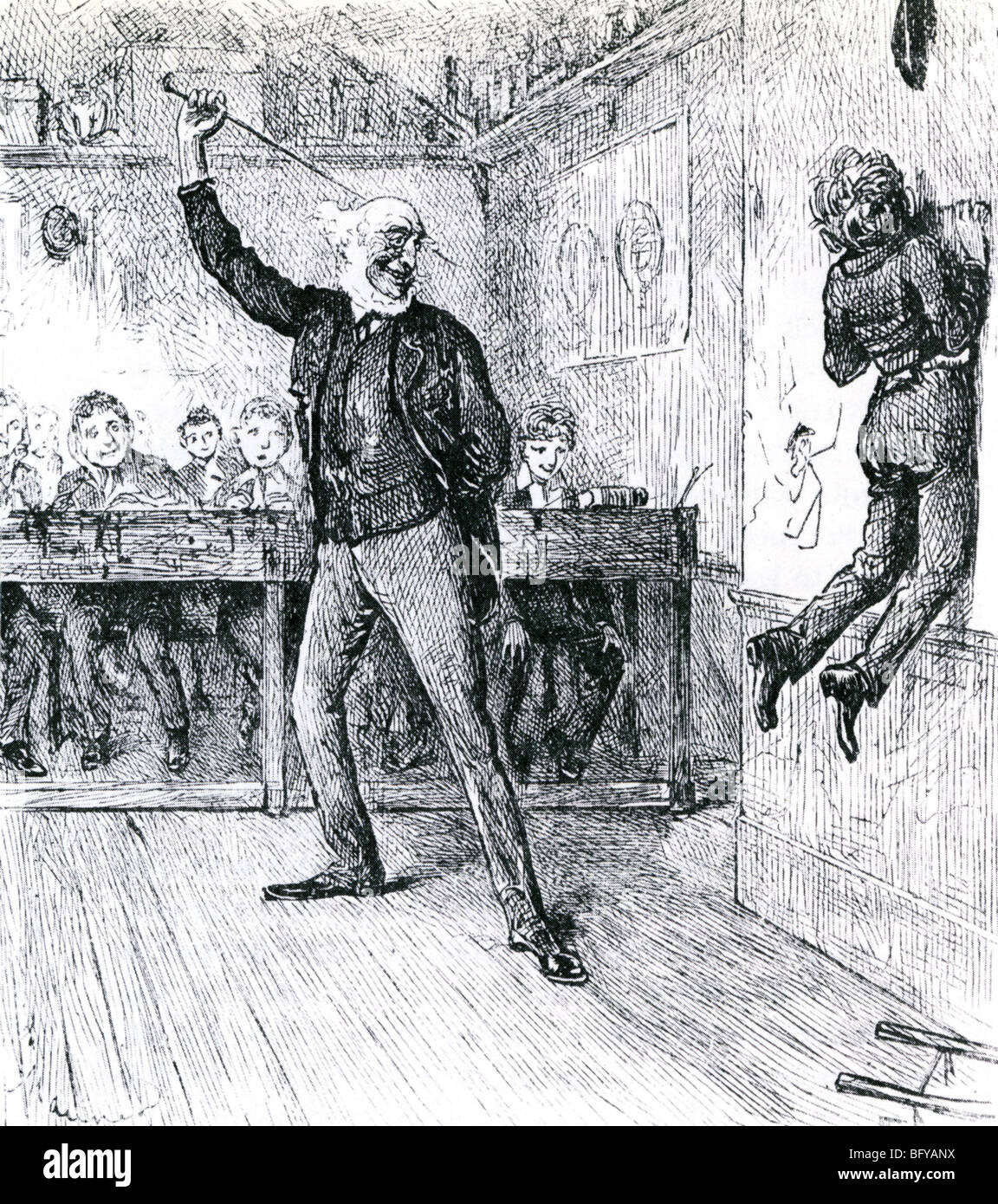
History. Corporal punishment was widely used in U.S. schools during the 19th and 20th centuries as a way to motivate students to perform better academically and maintain objectively good standards of behavior. The practice was generally considered a fair and rational way to discipline school children, particularly given its parallels to the criminal justice system, and teachers in the late.
Corporal punishment in schools still happens in these states

The 1950s brought a widespread fear that kids were out of control — under the influence of comic books and movies and rock and roll. Newsreels and Hollywood warned of a crisis of juvenile delinquency.. Yet just a few years later, in Ingraham v. Wright, the court ruled that corporal punishment in schools is constitutional. Today,.
Some Schools Are Still Paddling Kids, And That Needs To Stop ASAP
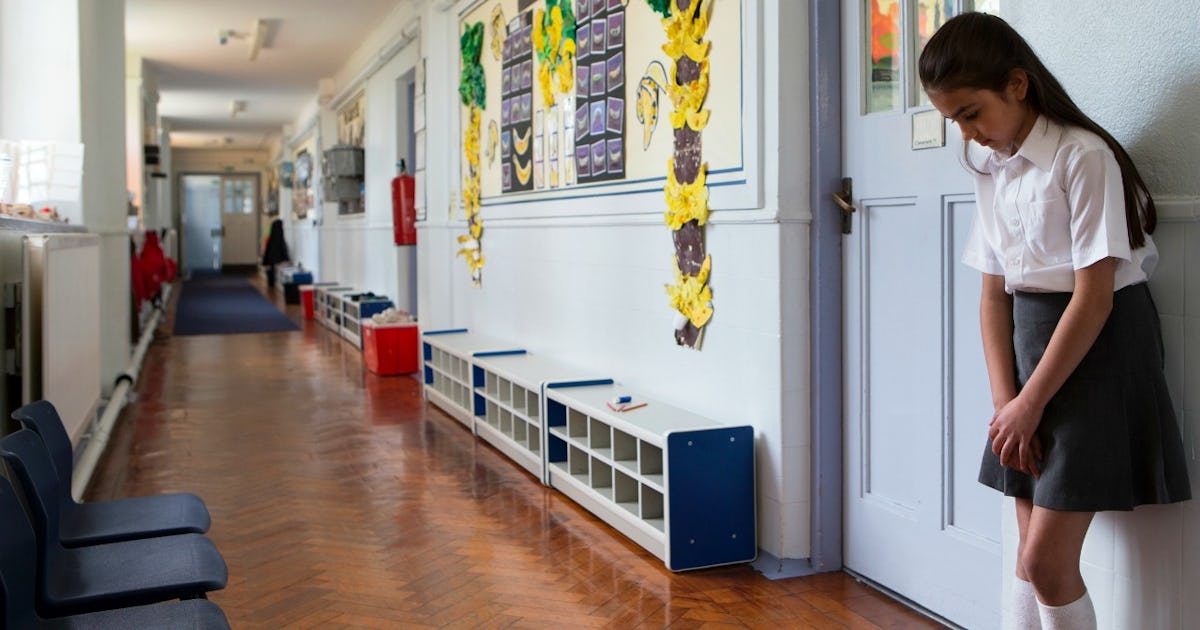
In the Ireland of the 1920s-1950s there could be recourse to law against religious or secular teachers or managers in cases of excessive corporal punishment, but heaven was high and Dublin (or the county court) was far.. He included limiting or abolishing school corporal punishment in a list of topics to champion. On 30 June 1955 he took the.
Little girls getting bare bottom spankings

Gallup Vault: 1950s Nostalgia for Corporal Punishment. by Lydia Saad. In 1954, Gallup asked Americans to reflect on their teenage years and name the most effective form of punishment for "children your age who refused to behave." The top answer, given by 40%, was what the original Gallup news release reported as "whipping" -- encapsulating a.